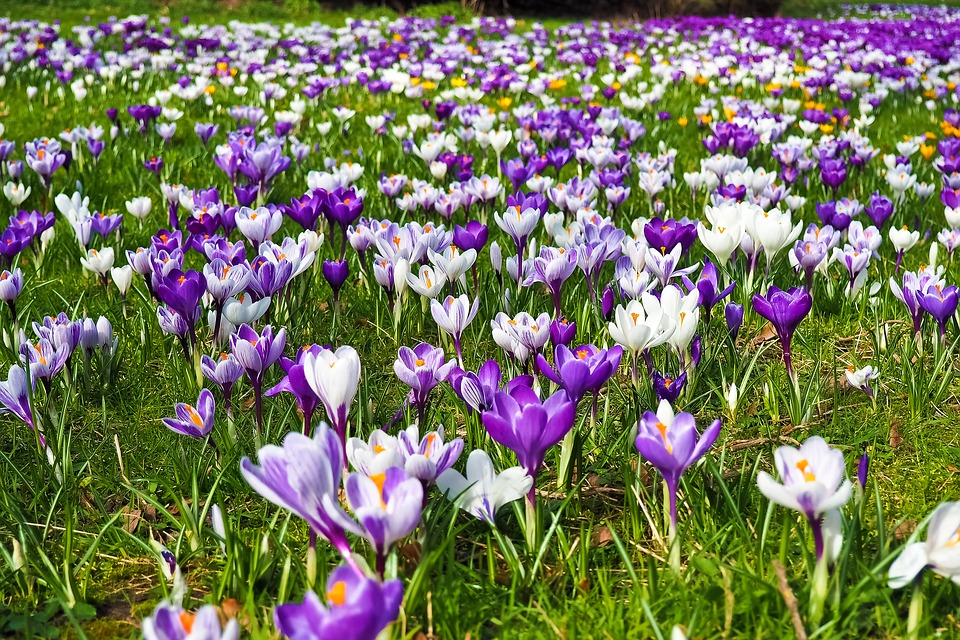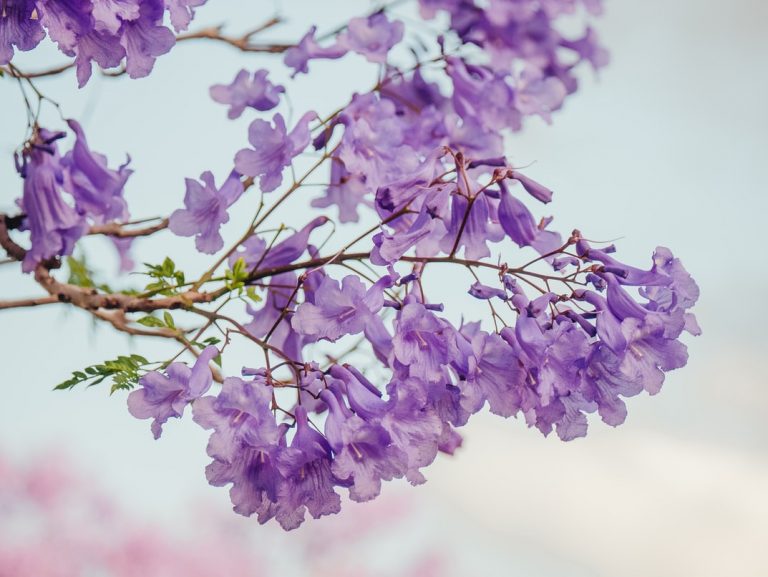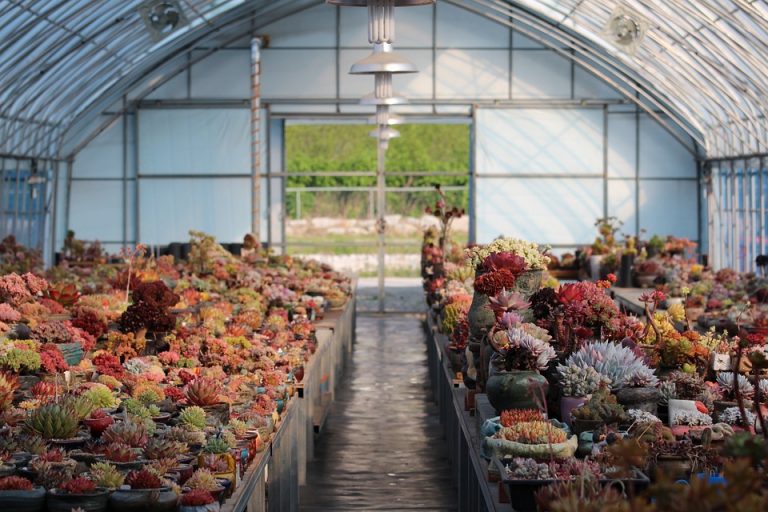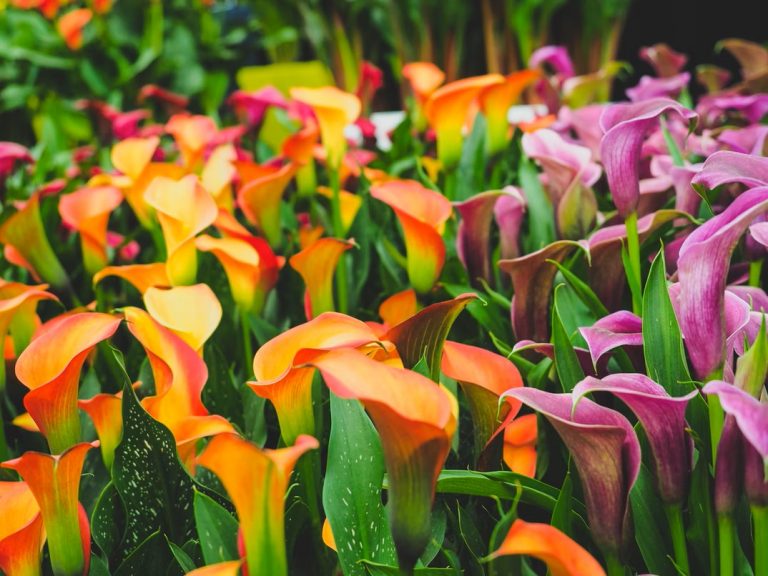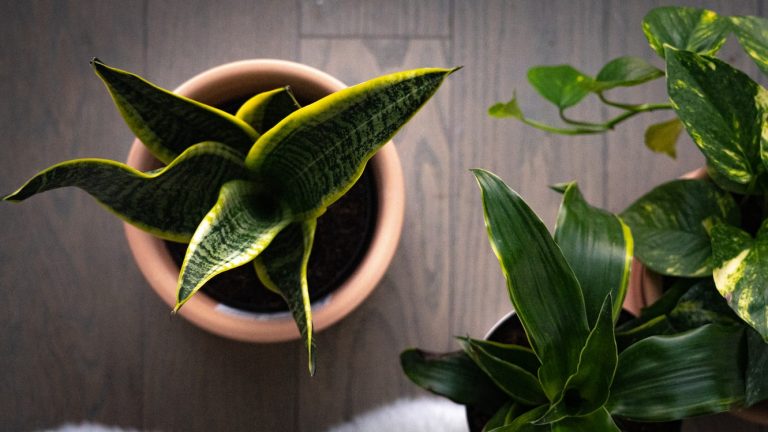How to Grow and Care for Crocus?
About Crocus
Crocus is a genus of flowering plants in the iris family comprising 90 species of perennials growing from corms. Many are cultivated for their flowers appearing in autumn, winter, or spring. The spice saffron is obtained from the stigmas of Crocus sativus, an autumn-blooming species. In addition to the garden varieties, a few species are grown as cash crops in parts of Europe and Asia.
The genus name is derived from the Greek κρόκος (Krokos), meaning “saffron”, which was the name for various yellow flowers, particularly Crocus sativus and perhaps Iris xiphium. The English word crocus has also been borrowed from Middle French croc, from Old French Croque, and from Latin crocus; this may be related to saffron.
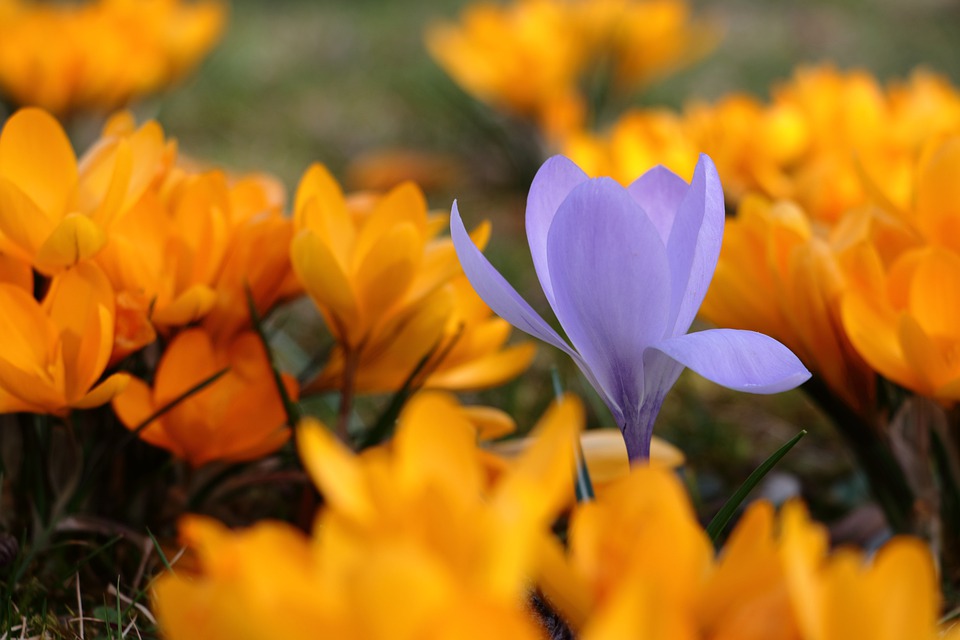
There are two types of crocuses: crocuses with snowdrop-like flowers that bloom early in the season and goblet-like flowers that bloom later in the season. Both types have small 6-lobed flowers with three stamens and a stigma that protrudes beyond the flower petals. The leaves are grass-like and can be either green or grey-green.
Health Benefits of Crocus Plant
The advantages of Crocus are many. It is used to treat a variety of conditions that include Alzheimer’s disease, asthma, coughs, digestion problems, heart disease, and skin disorders. It also helps control blood pressure and cholesterol levels. The Crocus is also known to be an excellent source of antioxidants.
Crocus has a number of health benefits. One of the main health benefits of Crocus is that it helps in the treatment of Alzheimer’s disease. This is an illness in which the brain begins to deteriorate over time and has been linked to the formation of amyloid plaques within the brain. Crocus contains anti-inflammatory properties that help reduce this problem.
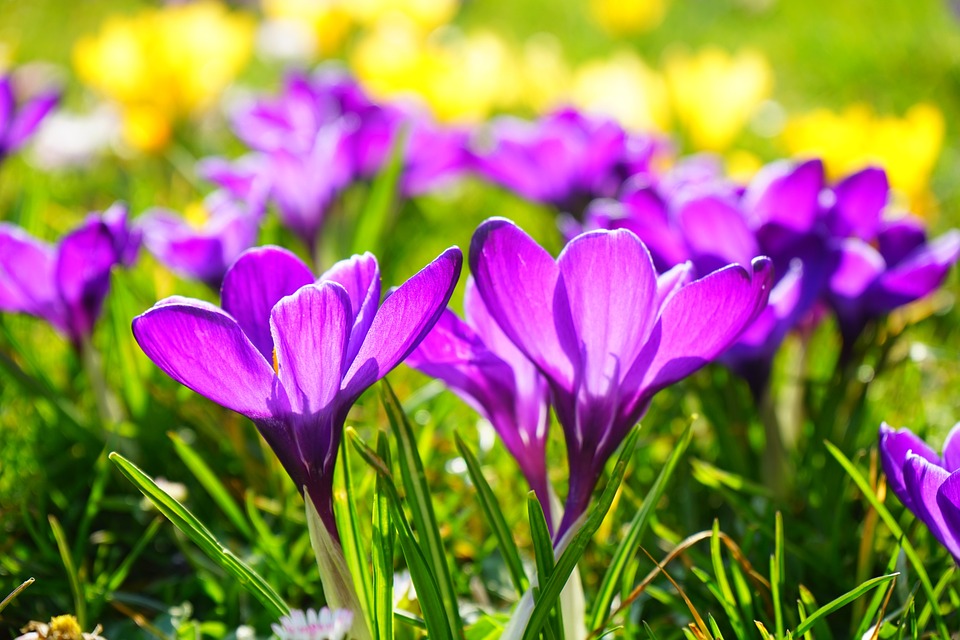
Crocuses are used for medicinal purposes since ancient times. They are a rich source of antioxidants, which help fight against free radicals in the body, which are responsible for causing oxidative stress that leads to aging and various forms of cancer.
The crocus plant has been traditionally used as a medicine in India and China for thousands of years and was originally used by tribesmen who used its leaves as a healing paste on their wounds and cuts. Crocus is believed to have originated from India where it was considered to be holy by some tribesmen who believed it had magical powers.
Growing Crocus
Planting crocus in your yard will provide you with early spring color when not much else is blooming. Although they don’t take long to plant, it’s important to plant them correctly so they will thrive and bloom for years to come.
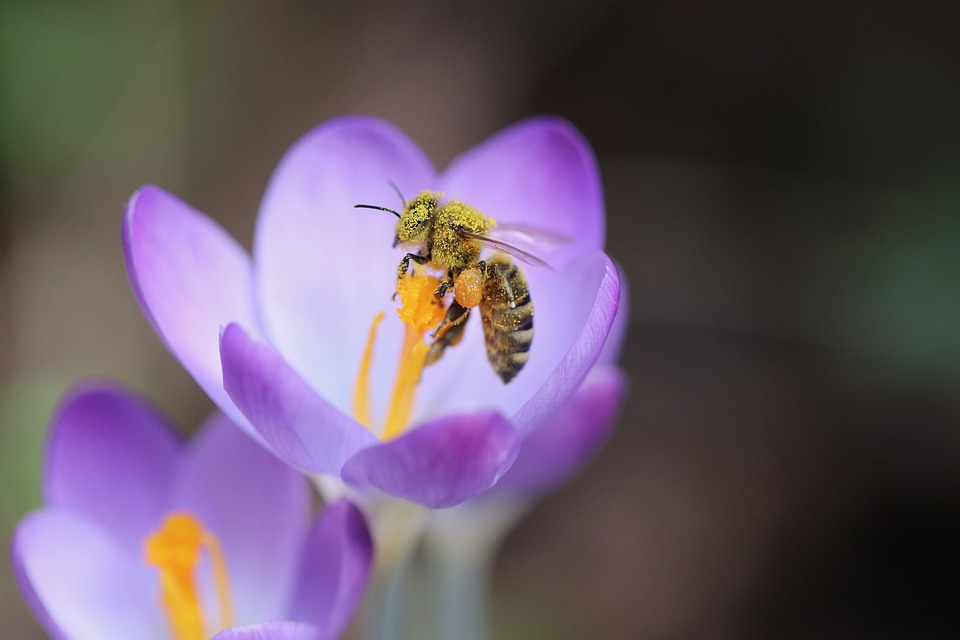
Crocus is easy to grow, thriving in a wide range of soils. Plant them in groups of at least half a dozen, or more if you can. They look best when allowed to naturalize in grass or under deciduous trees and shrubs, but will also do well in pots or containers.
Plant the corms twice as deep as they are thick. The corms should be spaced 6cm (2½in) apart; if you’re planting very large-flowered species and varieties, space them 9cm (3½in) apart. For pot, culture use John Innes ericaceous compost No1 or 2 if necessary because crocuses prefer lime-free soil.
Most crocus species are ideal for growing in lawns where they can be left undisturbed for years. If you want an early spring display the best time to plant is August or September before the grass becomes too vigorous, although bulbs planted in October will still establish before growth resumes the following spring. Plant them where they’ll receive full light and won’t be affected by heavy footfall.
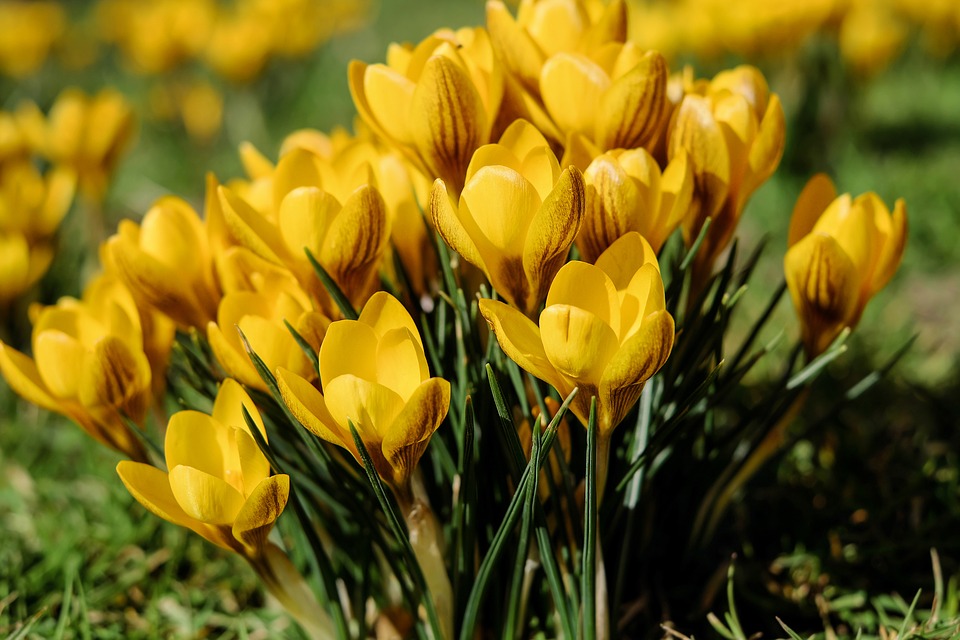
Caring Crocus
Everyone loves a garden that bursts forth with color in the spring. A garden like this can be yours by planting crocus plants. That’s why we love to share a few things to consider to keep these gorgeous plants healthy:
Watering: Don’t overwater! This plant does best with only one watering per week. If the soil becomes too saturated, the bulbs can rot.
Sunlight: Like many other plants in the iris family, crocus plants prefer full sun exposure and will not bloom without it.
Soil: The best soil for a crocus plant is well-draining and organic. The plant will thrive in soil that has been amended with a combination of compost, sand, and perlite.
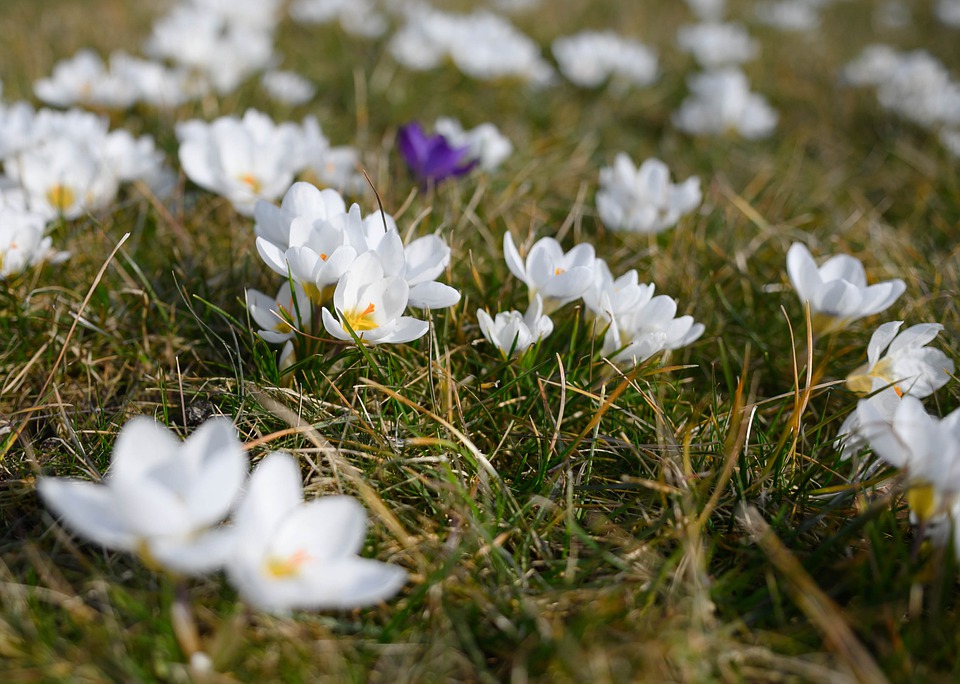
Fertilizer: Use fertilizers sparingly! Too much can cause leaf burn and restrict flowering.
Propagating Crocus
Propagating crocus plants can be quite an involved process, but if you start with a strong planting base and care for your crocus plants regularly, you will see the results in no time.
Start with a pot that is at least 8 inches deep. Fill the pot with peat moss, vermiculite, and perlite until it is approximately 3/4 full. Carefully remove your crocus from its current container by gently lifting the plant from underneath and placing it into the new container. Carefully fill the spaces surrounding the crocus with more peat moss, vermiculite, and perlite. Make sure to keep the crown of the bulb exposed without touching any of the soil. Planting too deep can result in rot or failure to bloom.
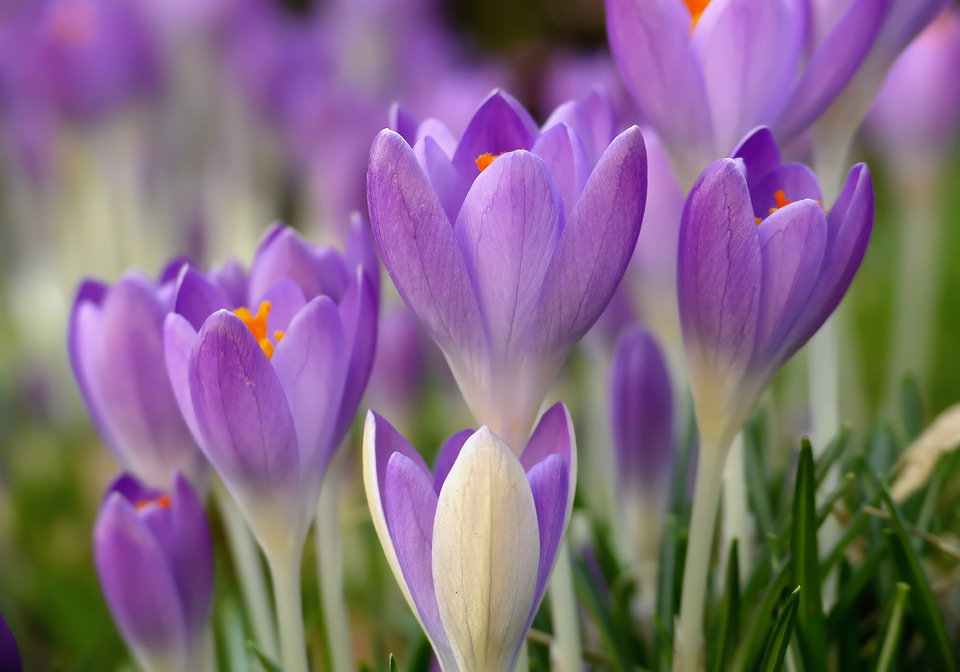
Place your newly potted crocus plant in a location that receives full sunlight for at least 6 hours a day. If needed, place your plant under grow lights for 12 hours each day. Water your plants only when needed; however, do not let them dry out completely.
Fertilize your plants every 2 weeks with a water-soluble fertilizer that is high in phosphorus such as 5-10-5 at half strength once they begin to sprout.
Pest and Disease Control
Crocus plants are popular in gardens and as houseplants. While crocuses are not prone to many pests or diseases, there are a few that occasionally affect this plant.
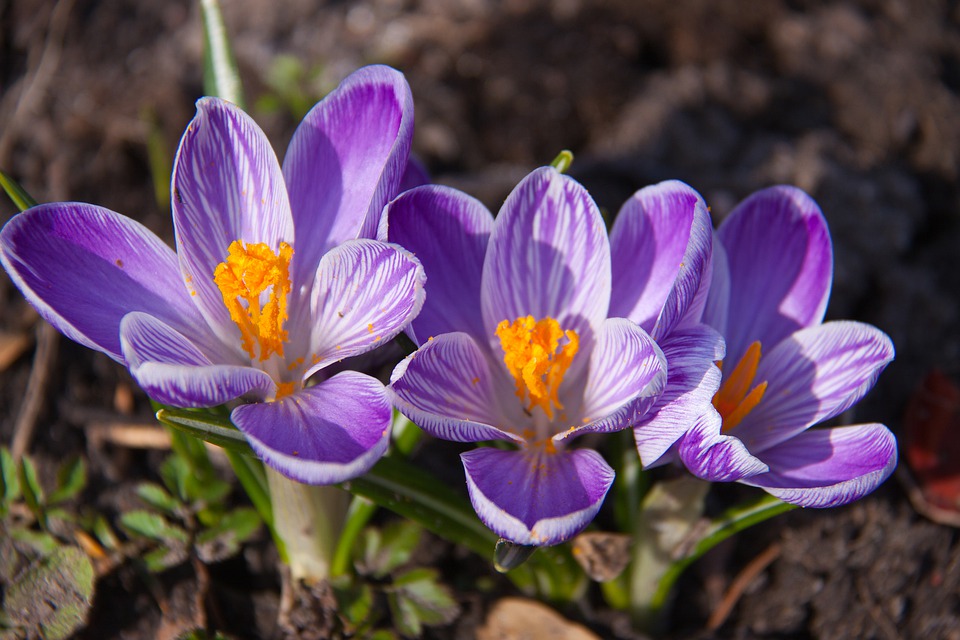
Diseases
Fungal diseases can affect the roots, leaves, and flowers of the crocus. Root rot caused by sclerotium is a major problem in some regions. Cercospora leaf spot turns the leaves brown while botrytis cinerea causes a gray mold on the leaves and flowers.
Rust is another fungal disease that affects crocus plants, causing yellow spots on the leaves. It will eventually make them curl up.
Pests
A few pests are known to attack crocus plants. Slugs may chew holes in the flowers or foliage. Whitefly, spider mites, and mealybugs may also show up from time to time.

